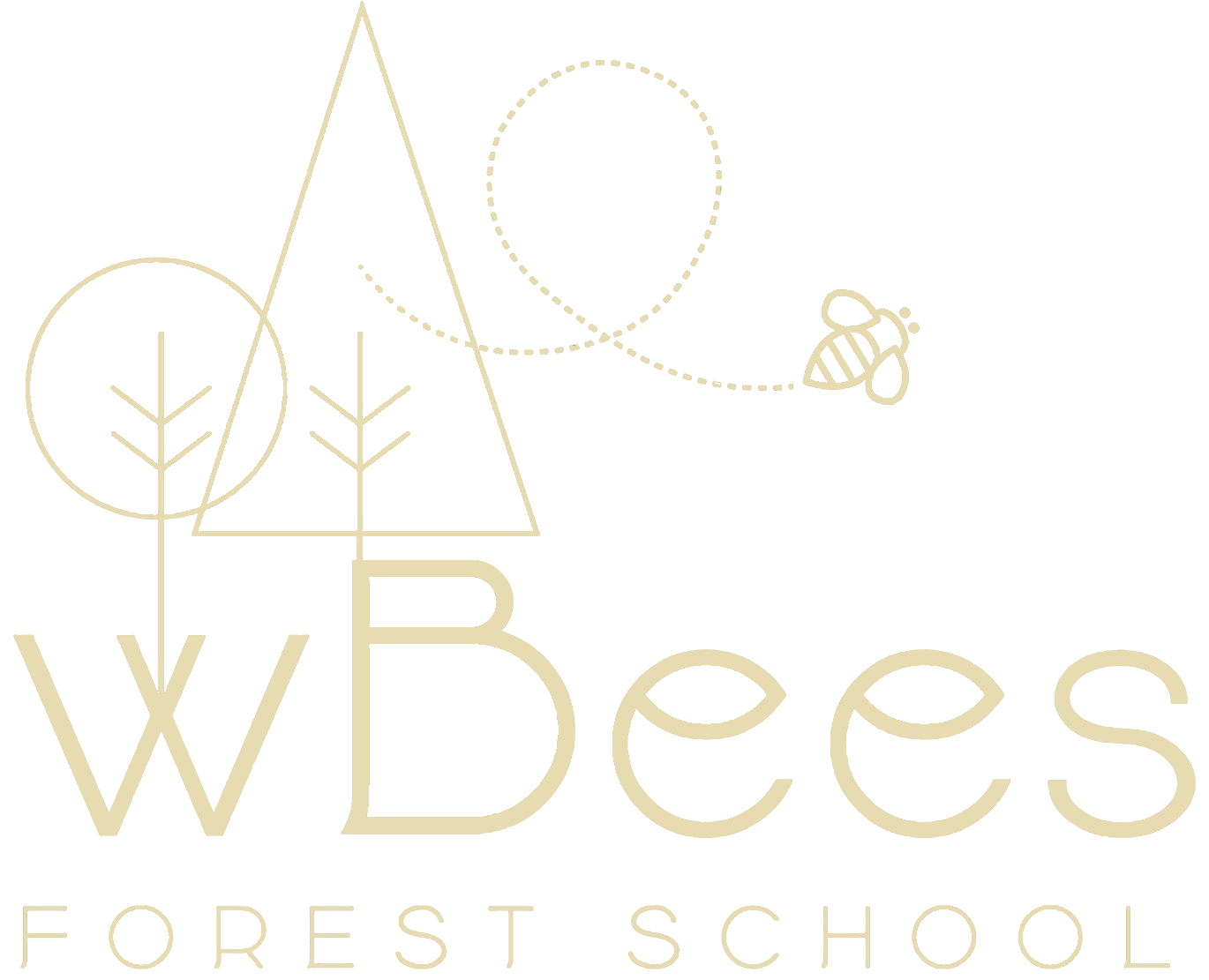Writing Before Reading in Montessori
When you think of a child learning to read and write, you probably imagine them sounding out words in a book before they ever pick up a pencil to write their own story. But in a Montessori classroom, the journey often unfolds a little differently—and intentionally so. Believe it or not, your preschooler might start writing before they start reading. And guess what? It’s not only normal but developmentally appropriate!
The Science (and Magic!) Behind Writing Before Reading
Dr. Maria Montessori was a keen observer of children, and through her research, she discovered that young minds are wired to express themselves before they interpret the expressions of others. Writing is an active process—it’s about creating, thinking, and forming. Reading, on the other hand, is a more passive process that requires interpreting and decoding. In a child’s early years, the ability to create often develops more naturally and earlier than the ability to interpret.
Montessori’s language curriculum is specifically designed to build foundational skills that lead to this progression. It begins with phonetic awareness, where children learn to associate sounds (phonemes) with their corresponding letters (graphemes). Using hands-on materials like sandpaper letters, they trace the shape of each letter while simultaneously saying its sound. This sensory experience lays the groundwork for understanding how sounds form words.
Once they master the sounds, children move to the Moveable Alphabet, a beautifully designed material made up of small wooden letters. Here, they begin to “write” by arranging letters to form words—before they can even hold a pencil properly or spell conventionally. It’s a liberating and joyful process that empowers children to express themselves without waiting for their fine motor skills to catch up.
What’s Creative Spelling, and Why Do We Love It?
One of the delightful outcomes of the Montessori approach is what we call creative spelling (or “phonetic spelling”). This is when a child spells a word exactly how it sounds to them—think “kar” instead of “car” or “luv” instead of “love.” While it might make you chuckle, this is a vital stage in the language learning process.
Creative spelling shows that your child understands the connection between sounds and letters and is actively experimenting with language. Instead of correcting these spellings, our teachers encourage them to keep going. This builds confidence and helps children see writing as a tool for self-expression rather than something to fear or perfect right away.
By focusing on the process rather than the product, Montessori classrooms create a safe space for children to explore language without the pressure of “getting it right.” Over time, as they are exposed to more reading and writing, conventional spelling naturally falls into place.
Why Follow the Child’s Lead?
Montessori’s entire philosophy rests on the idea of following the child’s natural development. The language curriculum was designed based on her observations of when and how children show readiness for various skills.
Every child is unique, and their journey through writing and reading will unfold in its own time. By following their interests and developmental cues, we ensure that learning feels exciting and empowering, not forced or overwhelming.
For example, a child fascinated by animals might start writing simple sentences like “cat run” or “pig eat.” Instead of directing them to write something else, we nurture that curiosity and help expand their vocabulary within the context of their interests. This intrinsic motivation is what fuels a love of learning.
What Makes the Montessori Language Curriculum Special?
Dr. Montessori’s language materials were meticulously crafted to support this natural progression. Each material builds on the one before it, allowing children to move seamlessly from one step to the next. Here’s how it typically unfolds:
1. Sound Games: Long before children start working with letters, they play games that develop their ability to hear and identify individual sounds in words. Think “What sound do you hear at the beginning of ‘bat’?”
2. Sandpaper Letters: Children trace the shape of each letter while saying its sound, engaging their tactile, visual, and auditory senses simultaneously.
3. Moveable Alphabet: Writing comes alive as children use the letters to “write” words and even stories. They aren’t limited by their ability to physically write yet, which keeps their creativity flowing.
4. Reading Boxes and Word Building: As their phonetic awareness strengthens, they begin decoding (reading) words they’ve already written, making the transition to reading both natural and meaningful.
Why It Works—and Why It Matters
This progression honors the way children naturally learn. By starting with writing, they get to be creators, not just interpreters. They experience the joy of expressing themselves freely, which motivates them to dig deeper into language. Reading then becomes a tool to make sense of the words they’ve written and explore new ones.
So, when your preschooler comes home talking about their latest “book” or proudly shows you their creatively spelled words, celebrate! You’re witnessing their language journey unfold in the most natural and exciting way possible.
In the Montessori classroom, we believe that every child has a unique voice to share with the world, and writing before reading is just one of the ways we help them discover it. So let’s embrace the creative spellings, the phonetic experiments, and the little wordsmiths in the making. After all, this is just the beginning of a lifelong love affair with language.
